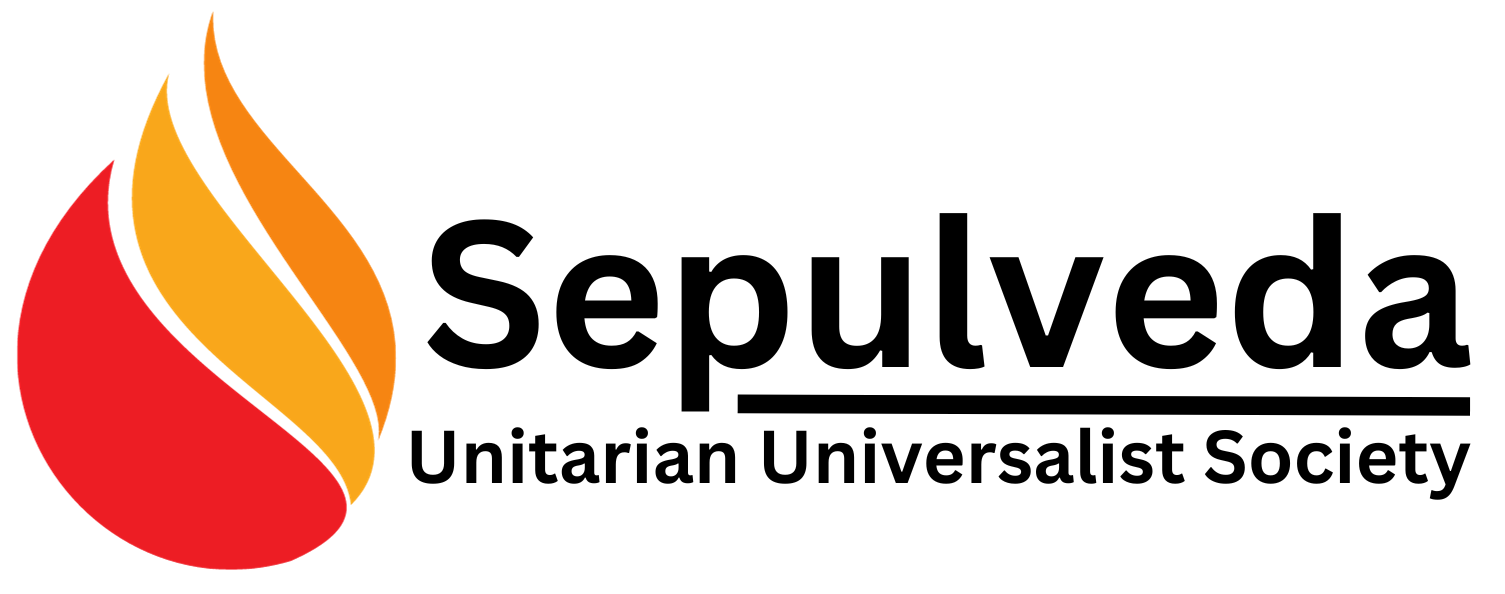Day 26. Beyond the Ramp: Reimagining Accessibility – A Call for Systemic Change.
When we think of accessibility, physical changes like installing ramps or elevators often come to mind. While these are critical, true accessibility goes far beyond structural modifications. It requires a systemic shift in how we design, engage, and think about inclusion. This can also be a spiritual and moral call to embody radical hospitality and justice in all areas of community life.
Reimagining Accessibility
Accessibility is not just about compliance; it is about equity. It is a commitment to dismantling the barriers—physical, attitudinal, and systemic—that prevent full participation. This vision calls us to:
- Center Disabled Voices: Engage people with disabilities in shaping policies, programs, and practices
- Adopt a Universal Design Approach: Create spaces and experiences that are inherently inclusive of everyone, rather than retrofitting solutions after the fact
- Examine Systems of Power: Acknowledge how ableism intersects with other forms of oppression and address these dynamics collectively
Steps Toward Systemic Accessibility
- Policy Advocacy: Advocate for laws and policies that ensure accessibility in all public spaces, housing, and workplaces
- Inclusive Worship Design: Move beyond ramps to include captions, sign language interpretation, alternative text for images, and sensory-friendly services
- Comprehensive Training: Educate leadership and members about ableism, accessibility, and the importance of proactive inclusion
A Vision for the Future
Imagine a congregation where:
- Every meeting has live captions and virtual access
- Worship services include diverse ways of engaging—auditory, visual, and tactile
- Disability is seen not as an obstacle to overcome but as a valued expression of human diversity
This is the transformative power of systemic accessibility. It shifts the focus from individuals needing to adapt to the community ensuring full participation for all.
Resources to Learn More
- Books and Articles:
- “Disability Visibility: First-Person Stories from the Twenty-First Century,” edited by Alice Wong – A collection of essays offering insights into the lived experiences of disabled individuals
- “The Accessible Church: A Guide for Congregations,” by Dr. Peg Bowman – Practical advice for creating accessible worship and community spaces
- Videos and Webinars:
- Crip Camp: A Disability Revolution (Netflix) – A documentary highlighting the origins of the disability rights movement
- Moonlight Sonata (Youtube) – Moonlight Sonata is a deeply personal memoir about a deaf boy growing up, his deaf grandfather growing old, and Beethoven the year he was blindsided by deafness and wrote his iconic sonata. Their lives weave a story about what we discover when we push beyond loss
An Invitation to Reflect
As you consider the ways in which we can reimagine accessibility and inclusion, we invite you consider these questions:
- How can your faith community move beyond meeting minimum standards to actively fostering accessibility?
- In what ways can your congregation reimagine worship, leadership, and social spaces to center the experiences of disabled members?
- How does accessibility reflect our beliefs and values about humanity?
By embracing systemic change, we align our actions with our values, creating communities where everyone feels not only accommodated but truly welcomed. Let us move beyond the ramp and build a foundation of equity and belonging for all.
Learn more: The National Organization on Disability (NOD) shares resources for creating accessible workplaces and communities.
Wholeness is not a fixed state; it is an evolving practice of acceptance, compassion, and justice. Together, let us explore what it means to bring wholeness into our own lives, our congregations, and the broader world.
#UU #UUA #CelebrateDiversity #AccessibilityMatters #Inclusion
Discover more from SepulvedaUU
Subscribe to get the latest posts sent to your email.
